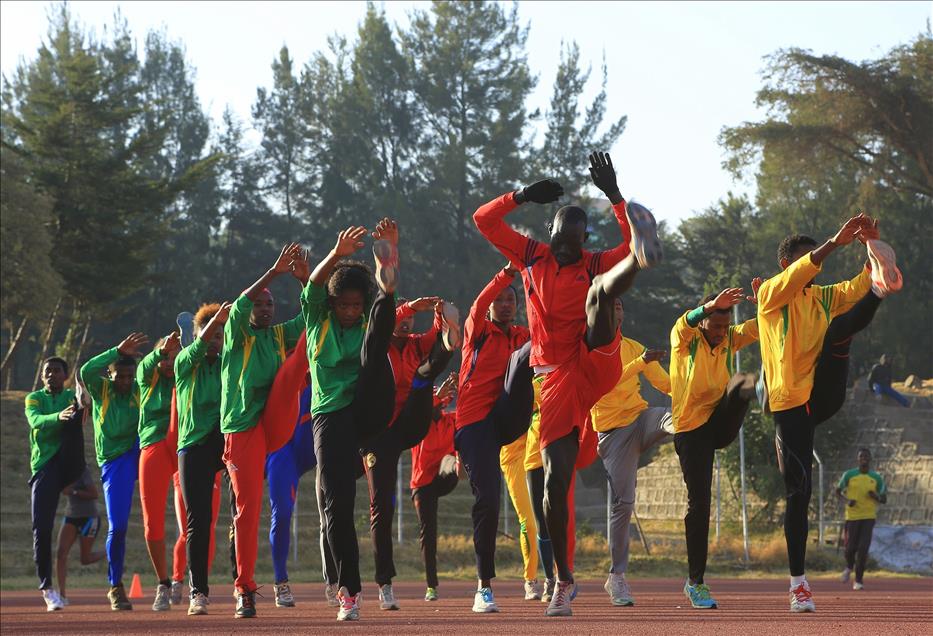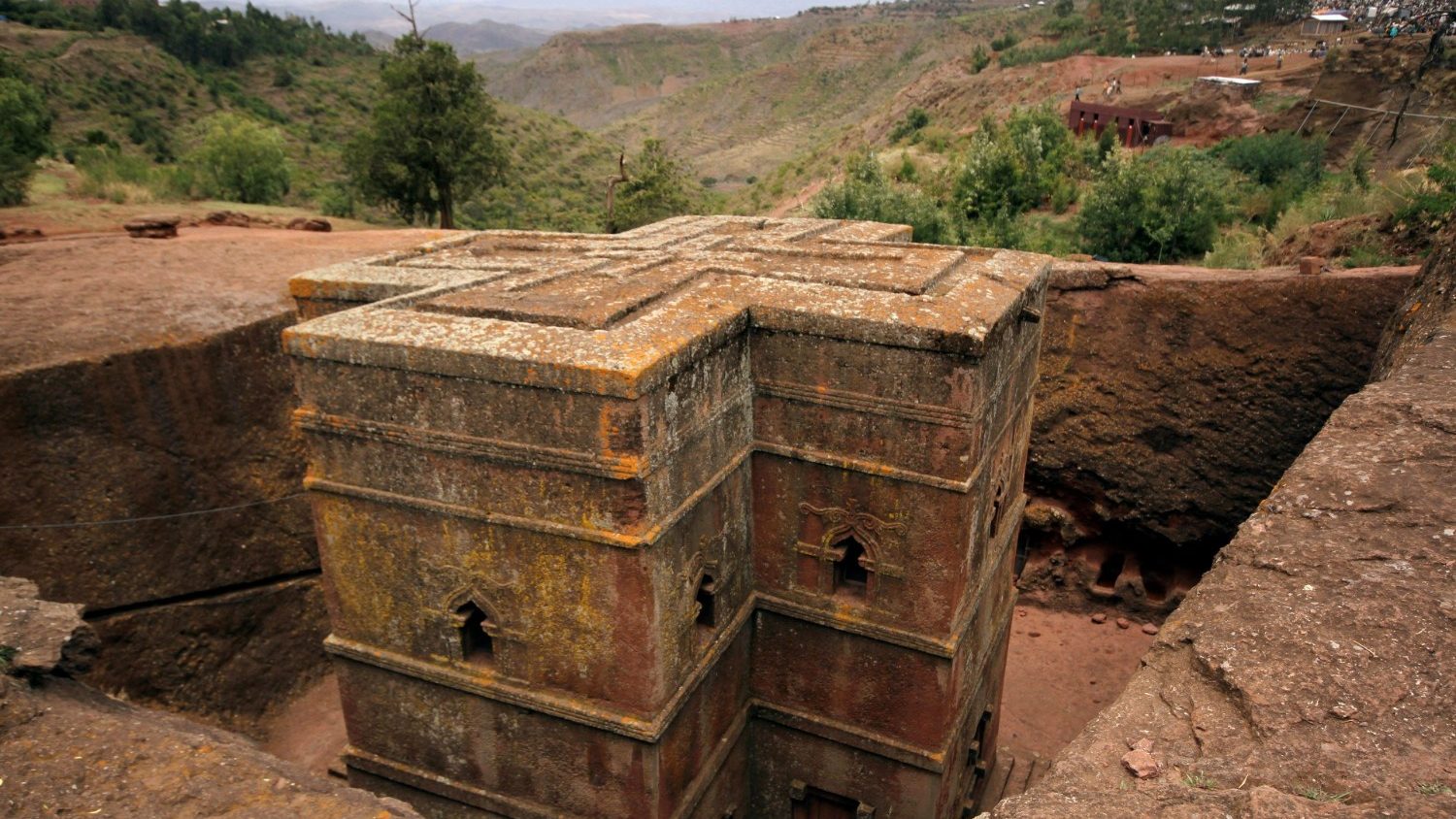Ethiopia's Tourism Industry: A Growing Source of Revenue
Explore Ethiopia's booming tourism industry, its key attractions, economic impact, and the challenges and opportunities shaping its growth as a vital source of revenue.
Ethiopia, known for its ancient history, diverse cultures, and stunning natural landscapes, has emerged as one of Africa’s fastest-growing tourist destinations. With a wealth of attractions, including UNESCO World Heritage sites, scenic highlands, and vibrant cities, the country’s tourism industry has become a critical pillar of its economy. Despite various challenges, Ethiopia continues to invest in developing its tourism infrastructure, aiming to further expand its appeal on the global stage.
Major Tourist Attractions in Ethiopia
Ethiopia offers a unique blend of historical, cultural, and natural wonders that attract millions of visitors each year. Some of the most popular tourist attractions include:
1. The Rock-Hewn Churches of Lalibela
The ancient rock-hewn churches of Lalibela are among Ethiopia’s most iconic landmarks. Carved out of solid rock in the 12th century, these remarkable structures are not only a testament to Ethiopia’s rich Christian heritage but also a significant draw for religious pilgrims and cultural tourists. Lalibela is often referred to as the "New Jerusalem" and has been recognized as a UNESCO World Heritage site.
2. The Simien Mountains National Park
For nature lovers, the Simien Mountains National Park offers breathtaking landscapes, dramatic cliffs, and diverse wildlife. Home to endemic species like the Gelada baboon and the Ethiopian wolf, the park provides opportunities for hiking, wildlife watching, and stunning photography. As a UNESCO World Heritage site, the Simien Mountains attract adventure tourists and eco-tourists from around the world.
3. Axum’s Obelisks and Historical Ruins
The ancient city of Axum, once the heart of the Aksumite Empire, is another UNESCO World Heritage site that draws tourists interested in Ethiopia's early civilizations. The obelisks, tombs, and ruins found in Axum showcase the kingdom’s architectural and engineering prowess. The city is also closely associated with Ethiopian Orthodox traditions, believed to house the Ark of the Covenant in the Church of St. Mary of Zion.
4. The Danakil Depression
For travelers seeking extreme experiences, the Danakil Depression offers one of the world’s hottest and most inhospitable environments. Located in the Afar region, this otherworldly landscape features salt flats, active volcanoes, sulfur springs, and colorful mineral formations. The Danakil Depression’s alien-like terrain attracts adventurers and geologists alike, making it one of Ethiopia's most unique tourist destinations.
5. The Omo Valley
The Omo Valley is known for its cultural diversity, home to various indigenous groups with distinct traditions and ways of life. Visitors to the Omo Valley have the opportunity to learn about Ethiopia’s rich cultural heritage, including the customs, dress, and rituals of tribes such as the Hamar, Mursi, and Karo peoples. Cultural tourism in the Omo Valley provides both education and an immersive experience for travelers.
Economic Impact of Tourism
Tourism has become a growing source of revenue for Ethiopia, contributing significantly to the country’s GDP and job creation. The sector supports thousands of jobs in hospitality, transportation, and services, helping to uplift local communities, particularly in regions with prominent tourist attractions. By drawing international visitors, Ethiopia benefits from foreign exchange earnings, which are vital for economic growth and development.
According to government reports, the tourism sector contributes around 5% to Ethiopia’s GDP, with projections indicating continued growth in the coming years. As global travel recovers from the impacts of the COVID-19 pandemic, Ethiopia is poised to capitalize on its status as a cultural and historical tourism hotspot.
Investments in Tourism Infrastructure
Recognizing the importance of tourism for its economy, the Ethiopian government has undertaken several initiatives to improve the country’s tourism infrastructure. These efforts include the expansion of airports, roads, and hospitality facilities to better accommodate international tourists. Addis Ababa’s Bole International Airport, one of Africa’s busiest air hubs, has undergone major upgrades to enhance its capacity and services.
In addition, the government has been working with private investors to develop new hotels, resorts, and tourist facilities, particularly in regions with high tourism potential. Training programs for tour guides, hotel staff, and other workers in the industry are also being implemented to improve the quality of service offered to visitors.
Challenges Facing Ethiopia’s Tourism Industry
Despite the positive growth, Ethiopia’s tourism industry faces several challenges that need to be addressed in order to reach its full potential.
1. Security Concerns
Political instability and security issues in certain parts of the country have impacted tourism, particularly in regions near active conflict zones. While many of Ethiopia’s tourist attractions remain safe for visitors, perceptions of instability can deter travelers from choosing the country as a destination.
2. Limited Tourism Infrastructure
Although improvements are being made, some tourist areas still lack adequate infrastructure. Road access to remote sites can be difficult, and accommodations outside major cities may not meet international standards. In some areas, basic amenities like clean water and electricity remain a challenge.
3. Marketing and Promotion
Ethiopia has often been overshadowed by neighboring countries such as Kenya and Tanzania in terms of tourism promotion. More efforts are needed to market Ethiopia’s unique attractions to international travelers. A well-targeted promotional campaign could help position Ethiopia as a must-visit destination for cultural and historical tourism.
4. Sustainable Tourism Practices
As tourism grows, so does the need for sustainable practices to preserve Ethiopia’s natural and cultural heritage. Ensuring that tourism development does not negatively impact local communities or degrade the environment is a key concern. Encouraging eco-friendly tourism practices and minimizing the carbon footprint of the industry will be important moving forward.
Opportunities for Growth
Ethiopia’s tourism industry holds immense potential, with several opportunities for expansion:
-
Ecotourism Development: Ethiopia’s diverse ecosystems and wildlife offer great potential for ecotourism. By promoting sustainable travel experiences, the country can attract environmentally conscious travelers.
-
Cultural and Historical Tourism: With its wealth of UNESCO World Heritage sites and cultural treasures, Ethiopia can further develop its cultural tourism sector by investing in site preservation, improving access, and offering immersive cultural experiences.
-
Adventure Tourism: Ethiopia’s rugged landscapes, from the Simien Mountains to the Danakil Depression, present opportunities for adventure tourism. Hiking, trekking, and geological exploration can appeal to thrill-seekers and nature enthusiasts.
-
Diaspora Tourism: Ethiopia’s large diaspora community represents a significant tourism market. Many Ethiopians living abroad travel back to visit family, celebrate cultural festivals, or explore their homeland’s heritage. Promoting diaspora tourism can strengthen the connection between the diaspora and Ethiopia, while also contributing to the economy.
Conclusion
Ethiopia’s tourism industry is steadily becoming a major contributor to the country’s economy, driven by its rich cultural heritage, unique natural landscapes, and historical significance. With continued investment in infrastructure and a focus on addressing key challenges, Ethiopia has the potential to further grow its tourism sector and position itself as a premier travel destination in Africa. Sustainable tourism practices and strategic marketing efforts will be essential in ensuring long-term growth and success for this vital industry.
What's Your Reaction?
 Like
1
Like
1
 Dislike
0
Dislike
0
 Love
0
Love
0
 Funny
0
Funny
0
 Angry
0
Angry
0
 Sad
0
Sad
0
 Wow
0
Wow
0

















































